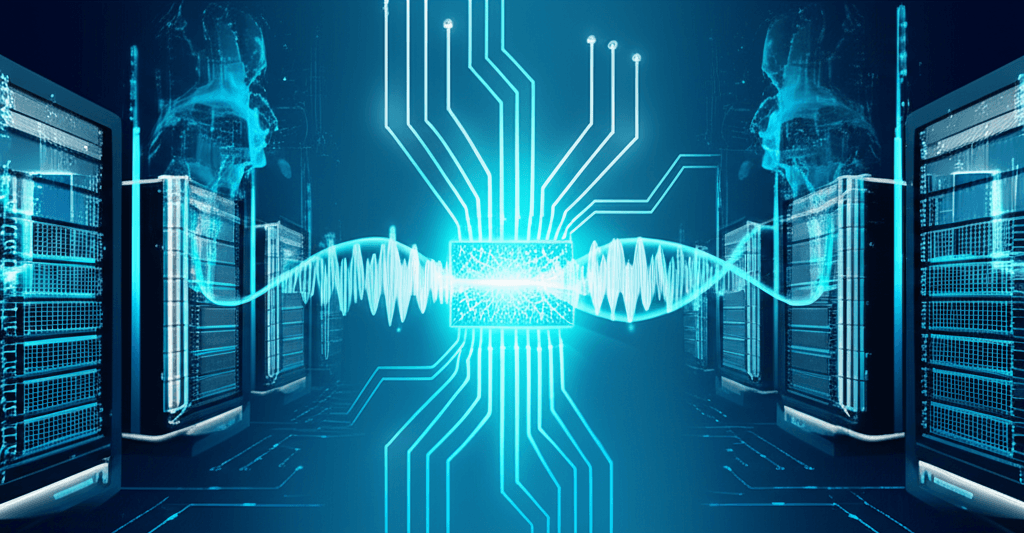Microsoft Pivots to In-House AI, Launches Flagship MAI-1 to Rival OpenAI
The tech giant launches MAI-1 and MAI-Voice-1, asserting its own AI future and diversifying beyond its deep OpenAI reliance.
August 28, 2025

Microsoft has decisively deepened its commitment to in-house artificial intelligence development, unveiling two new proprietary models that signal a significant strategic evolution for the technology giant. The company announced the launch of MAI-Voice-1, a highly efficient text-to-speech model, and the testing phase of MAI-1-Preview, a large-scale language model designed to compete with top-tier systems from industry leaders. This move, orchestrated under the new Microsoft AI division, underscores a deliberate effort to cultivate internal AI capabilities, complementing its high-profile partnership with OpenAI and positioning Microsoft as a formidable, independent force in the rapidly advancing AI landscape. The company has confirmed that trusted testers can now apply for API access to the new models, indicating a readiness to gather feedback and accelerate development.[1]
The centerpiece of this initiative is MAI-1, a large language model reported to have approximately 500 billion parameters.[2][3][4][5] This scale places it in a competitive bracket, significantly larger than Microsoft's previous smaller, open-source models like the Phi series, and positions it as a potential rival to models from Google, Anthropic, and even its own strategic partner, OpenAI.[6][4][7] The development is being overseen by Mustafa Suleyman, a prominent figure in the AI world who co-founded DeepMind and later Inflection AI before being appointed CEO of Microsoft AI in early 2024.[2][8][9] The formation of Suleyman's division was bolstered by Microsoft's effective acquisition of most of Inflection AI's staff and intellectual property.[4][7] While MAI-1 is a new, custom-built Microsoft model, it may leverage training data and technology from the Inflection deal.[4][7][8] Due to its size and complexity, MAI-1 is not designed to run on consumer devices but will instead be deployed in Microsoft's vast data centers to power services like Azure and Bing.[2][3][10]
Alongside the large language model, Microsoft introduced MAI-Voice-1, a specialized model for generating highly realistic and expressive speech.[1][11] The company claims remarkable efficiency for this model, stating it can produce a full minute of audio in less than a second using just a single GPU.[1][11][12] This capability is designed to enable expressive, multi-speaker audio for interactive applications such as dynamic storytelling, guided meditations, and other immersive experiences.[1] In a demonstration of its readiness, MAI-Voice-1 has already been integrated into services like Copilot Daily and Podcasts and is available for broader experimentation through Copilot Labs.[1] This rapid deployment into existing products highlights Microsoft’s strategy of quickly turning foundational research into practical, user-facing applications.
The creation of these powerful in-house models represents a pivotal strategic shift for Microsoft, indicating a move to diversify its AI portfolio and reduce its deep reliance on OpenAI.[6][13][14] Having invested billions into OpenAI, Microsoft has heavily integrated the startup's GPT models into its flagship products, including the Copilot AI assistant.[13][15] While the partnership remains a key component of its strategy, developing proprietary models like MAI-1 provides Microsoft with greater control over costs, performance, and future development roadmaps.[6][16] This dual approach allows the company to balance its strategic partnership with internal innovation, creating a more resilient and flexible AI ecosystem.[13][14] By building its own frontier models, Microsoft is not only hedging its bets in a volatile market but also asserting its ambition to be a primary architect of the future of artificial intelligence, rather than solely a platform for another's technology.[17][7]
In conclusion, the launch of MAI-Voice-1 and the preview of MAI-1 mark a new chapter in Microsoft's AI journey. These models are not merely technological achievements; they are clear indicators of the company's long-term strategy to build a comprehensive, vertically integrated AI infrastructure. Under the leadership of Mustafa Suleyman, the new Microsoft AI division is moving swiftly to establish its own identity and capabilities. While the partnership with OpenAI continues, Microsoft is now overtly competing in the same arena as its closest ally. The performance of these new in-house models in public testing and their subsequent integration into Microsoft's vast product ecosystem will be critical in determining whether this strategic pivot can successfully redefine the company's role and influence in the ongoing AI revolution.
Sources
[5]
[8]
[9]
[10]
[11]
[12]
[13]
[14]
[15]
[16]